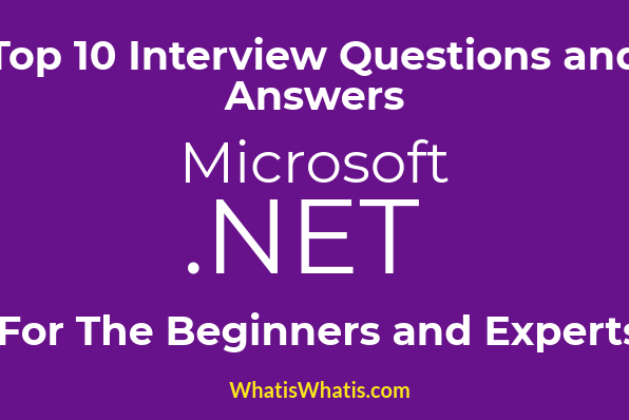1. Define the relation between the classes and objects?
Classes are described as all the properties, methods, states and behaviours that the implementing object will therefore have. As mentioned earlier, an object is therefore an instance of a class, and a class does not become an object until it is instantiated.
2. Differentiate between the constants and readonly variables
Though constants and readonly variables both have some similarities, there are some small similarities like constants are evaluated at compiling time, while read-only variables are evaluated at run time.
3. Give a brief description about what LINQ is.
A LINQ is therefore an acronym for a language Integrated Query which was therefore introduced with the visual studio 2008. It is thus a set of features that extends the query capabilities to the .Net language syntax by adding a number of new standard query operators which allows data manipulation and many more.
4. State inheritance along with its importance
One of the most important concepts in object-oriented programming is Inheritance which thus allows developers to create new classes that reuse, extend and therefore modify the behaviour defined in other classes.
5. What do you mean by delegate in .Net?
The term delegate in .Net is a similar function to a function pointer in C or C++. Therefore using a delegate will allow the programmer to encapsulate a reference to a method inside a delegate object and can then be passed to code which call the reference method.

6. What do you mean by assembly?
An assembly is a partially compiled code library for use in deployment, versioning and security in .Net and in general there are two processes assemblies (EXE) and library assemblies (DLL). An assembly thus consists of one or more code files known as the modules.
7. What do you mean by Namespace?
A Namespace is actually group of classes, structures, and delegates etc. which is organised in a logical hierarchy by function and also enables you to access the core function ability that you need in your applications.
8. Define an IL
An IL (International Language) also known as MSIL is therefore a Microsoft Intermediate Language or can further say Common Language Runtime (CLR). Here when we thus compile .Net applications, it’s therefore compiled to MSIL, which is not a machine-read language. Therefore, CLR with JIT converts this MSIL code to a native binary code, which is a machine language.
9. What do you mean by the term catching?
A catching is therefore a technique which is used to increase its performance by keeping the frequently accessed data or files in a memory. Then the request to a cached file or data will be accessed from cache instead of the actual location of that file.
10. Define cross page posting.
Generally when we click submit button on a webpage, the respective page posts the data to the same page. This technique in which we post the data to the different pages is called the Cross page posting.






Leave a comment